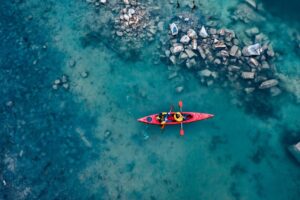The Travel Blog
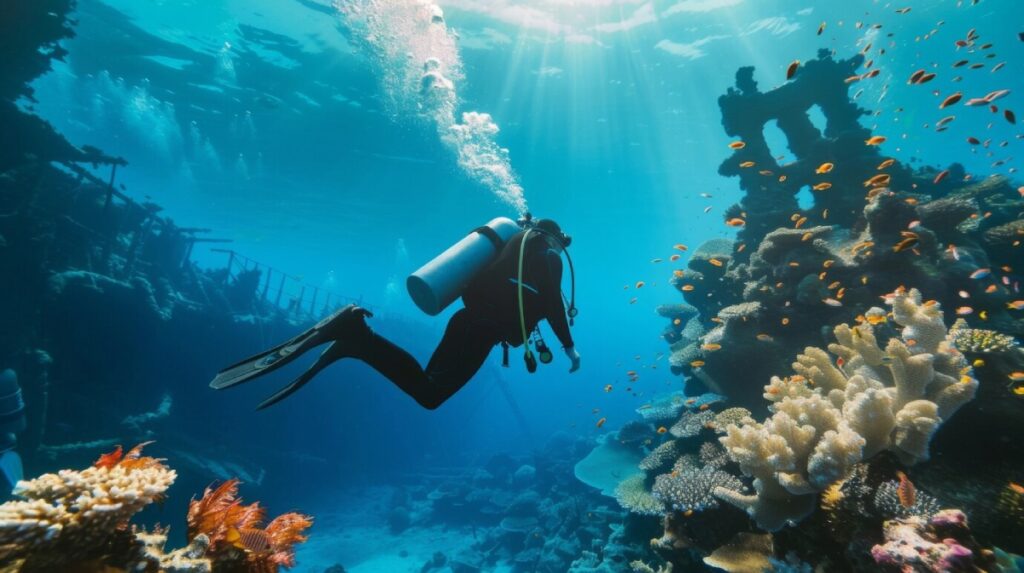
Scuba Diving the Great Barrier Reef: Exploring Underwater Wonders
Imagine descending into a world where time slows down, colours intensify, and life pulses with quiet grace. That’s the magic of scuba diving the Great Barrier Reef — one of the most awe-inspiring marine adventures in Australia, and the crown jewel of global coral reef diving.
Stretching over 2,300 kilometres along Queensland’s coastline, the Great Barrier Reef is Earth’s largest coral reef system, visible even from space. With over 2,900 individual reefs and 900 islands, it’s a dream scape for divers, marine biologists, and underwater photographers alike.
In this guide, we’ll explore what makes the reef so iconic, how to plan your dive, the best sites for beginners and pros, essential gear, and how to dive responsibly to help protect this fragile ecosystem. Whether it’s your first breath underwater or your fiftieth, this adventure promises an unforgettable encounter with nature at its most extraordinary.
Why Dive the Great Barrier Reef?
A Living Masterpiece
Home to over 1,500 species of fish, 400 types of coral, and countless marine creatures — from turtles to reef sharks — the Great Barrier Reef offers biodiversity unlike anywhere else.
World-Class Visibility
With visibility often exceeding 20 to 30 metres, especially in the Outer Reef, divers enjoy crystal-clear views of coral gardens, sea fans, and marine life in high-definition.
Suitable for All Levels
From shallow bommies perfect for beginners to deep wall dives and drift dives for advanced divers, there’s something for everyone.
Bucket-List Worthy
Let’s be honest: if you’re going to dive once in your life, why not do it at one of the Seven Natural Wonders of the World?
Planning Your Scuba Adventure
Choose Your Base
Popular jumping-off points include:
- Cairns: Most accessible and offers a wide range of day trips
- Port Douglas: Quieter, upscale, and closer to the Outer Reef
- Airlie Beach: Gateway to the Whitsunday Islands and nearby reefs
Day Trip vs. Liveaboard
- Day Trips: Ideal for short stays, often visit the Inner Reef
- Liveaboards: Multi-day voyages to remote Outer Reef sites, including night dives and dawn dives
Liveaboards often reach less-trafficked areas with better coral health and more abundant wildlife.
Best Dive Sites on the Great Barrier Reef
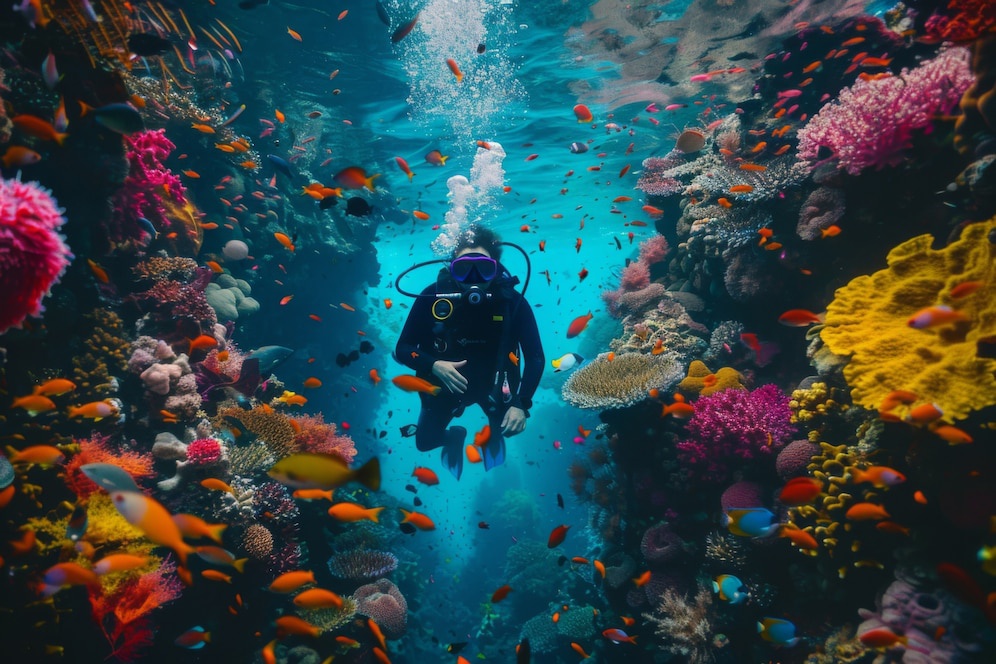
1. Cod Hole
- Famous for potato cod the size of Labradors
- Remote northern reef location
- Ideal for photographers
2. Osprey Reef
- Advanced dive with dramatic drop-offs
- Frequent sightings of reef sharks, mantas, and large pelagics
- Often visited via liveaboards
3. Hastings Reef
- A popular spot for first-time divers
- Calm waters, vibrant coral gardens, and clownfish colonies
4. Steve’s Bommie
- Legendary for macro photography
- Seahorses, nudibranchs, and frogfish in every crevice
A First-Time Story: Olivia’s Reef Revelation
“I was terrified before my first dive — even breathing through the regulator felt strange. But once I descended into that neon-lit coral world, I forgot my fear. A sea turtle glided past me, and I felt like I was in a David Attenborough documentary. It was surreal.” — Olivia, 27, Bristol
Scuba diving isn’t just a sport — it’s a powerful reminder of how beautiful and mysterious our planet truly is.
Marine Life You Might Encounter
- Green sea turtles
- Clownfish and anemones
- Parrotfish and wrasse
- Moray eels and lionfish
- Reef sharks and stingrays
- Giant clams and feather stars
Each dive feels like opening a new chapter in an ever-changing marine storybook.
Training and Certification
If you’re not certified yet, Australia makes it easy:
Try Dive / Introductory Dive
- No certification needed
- Includes full briefing and dive with instructor
- Depth limit: ~12 metres
Open Water Certification
- 3–4 days of theory, pool practice, and ocean dives
- PADI and SSI courses widely available in Cairns and Port Douglas
Want to pick the right sport for you? Dive into How to Choose the Right Adventure Sport for You for more perspective.
What to Pack for Your Dive Trip
Essentials
- Swimsuit and towel
- Reef-safe sunscreen (very important)
- Dive logbook if you’re certified
- Waterproof camera or GoPro
Optional (if not renting gear)
- Dive mask with corrective lenses
- Fins and snorkel
- Dive computer
Many operators provide all necessary equipment, but bringing your own mask can greatly enhance comfort.
Costs and Booking Tips
Day Trips:
- Average cost: AU$180–$250
- Includes dive gear, lunch, and guide
Liveaboards:
- Cost: AU$ 600–$1,500 for 2–4 days
- Includes meals, multiple dives, and accommodation
Booking Advice:
- Book at least 2 weeks in advance in peak season (June–October)
- Check reviews for safety and reef conditions
- Ask about marine park fees and optional extras
Other Activities Around the Reef
Not diving every day? There’s still plenty to do:
- Snorkelling tours for surface encounters
- Glass-bottom boat trips for non-swimmers
- Helicopter flights for aerial views of Heart Reef
- Rainforest walks in Daintree National Park
Make your trip multi-dimensional by pairing ocean time with land-based eco-adventures.
Responsible Diving: Protecting the Reef
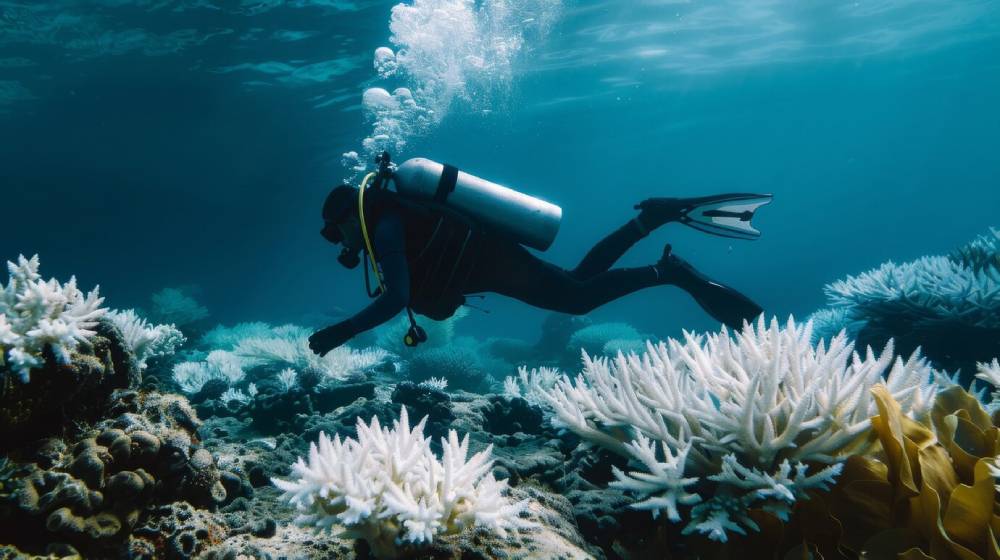
The Great Barrier Reef faces threats from climate change, bleaching, and pollution.
As a visitor, you can help:
- Never touch or stand on coral
- Use reef-safe sunscreen
- Don’t feed or chase marine animals
- Choose eco-certified dive operators
Many companies also participate in citizen science programmes, where divers can help monitor coral health.
For more tips on capturing and sharing your experience sustainably, visit How to Document Your Adventure Sports Journey.
Top Tips from Local Dive Instructors
Whether you’re descending for the first time or have dozens of dives logged, local dive instructors on the Great Barrier Reef have seen it all—and they know exactly what makes for a smooth, safe, and memorable underwater adventure. Here’s what they want every diver to know:
1. Equalise Early and Often
“Don’t wait until you feel pressure in your ears—start equalising as soon as you begin descending. It’s easier to prevent discomfort than fix it mid-dive.” — Mark, Dive Master, Cairns
2. Relax and Breathe Slowly
“New divers often use air too fast because they’re nervous. Stay calm, breathe slowly through your regulator, and you’ll last longer underwater—and enjoy it more.” — Sophie, Instructor, Port Douglas
3. Stay Neutral, Not Negative
“Mastering buoyancy is the single most important skill for protecting the reef. Hovering instead of kicking the coral shows you’re a thoughtful diver.” — Liam, Eco-Certified Guide, Whitsundays
4. Don’t Chase Marine Life
“The best moments happen when you stay still and let the reef come to you. Fish, turtles—even reef sharks—are more likely to approach if you’re not flailing around.” — Jen, Marine Biologist & Dive Instructor, Cairns
5. Check Your Gear, Then Check It Again
“Before every dive, double-check your mask fit, air supply, and buddy’s gear. A five-minute check on the boat can prevent a stressful problem underwater.” — Ray, Senior Instructor, Liveaboard Crew
6. Ask Questions—Lots of Them
“We love divers who are curious. Ask about marine life, safety procedures, or even how to improve your technique. That’s how you grow.” — Ana, Instructor & Underwater Photographer
7. Keep a Logbook—And Use It
“Record your dives, what you saw, and what you learned. It’s not just a memento—it helps you track your progress and remember those magical firsts.” — Noah, SSI Instructor, Airlie Beach
Conclusion: Dive Into Wonder
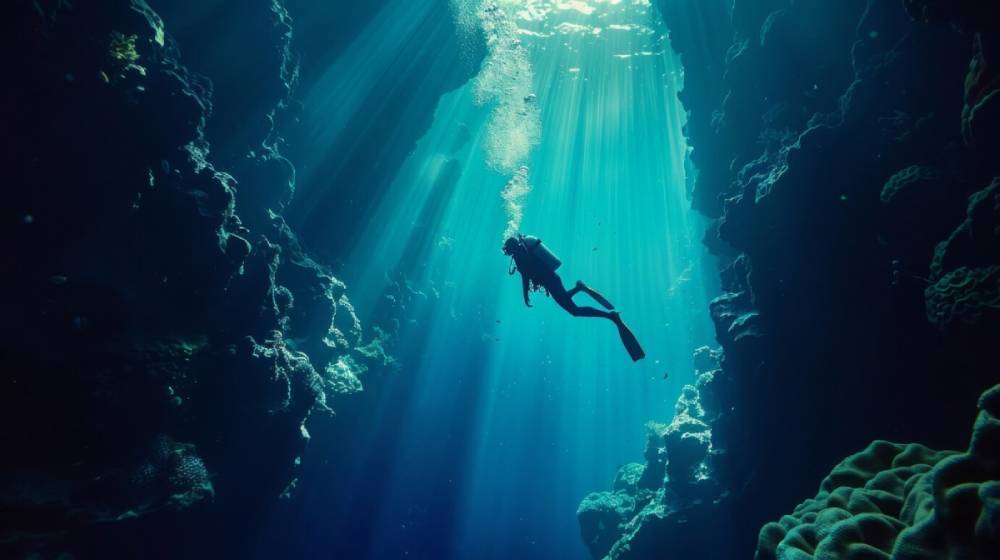
Scuba diving the Great Barrier Reef is more than a tick on your bucket list. It’s a soul-stirring, mind-opening experience that connects you to one of the most vibrant ecosystems on Earth. With every bubble you release, you dive deeper not just into water, but into appreciation for our planet.
So, are you ready to gear up and plunge into a world where nature shows off its brightest colours?
Over to You
Have you dived the reef or are you planning to? Share your experiences, questions, or fears in the comments below. Know someone who needs a gentle nudge to take the plunge? Send this guide their way!




